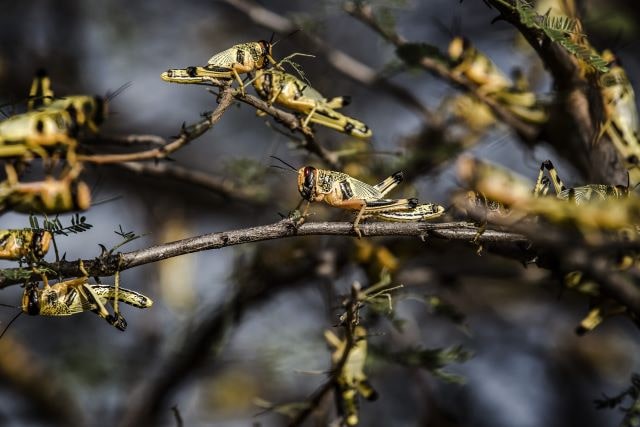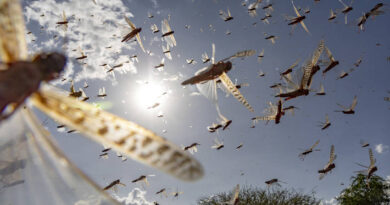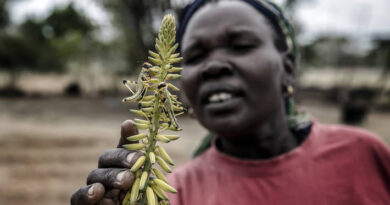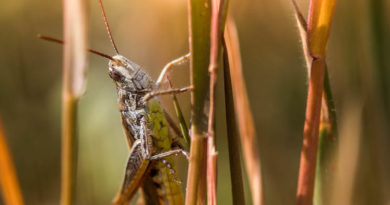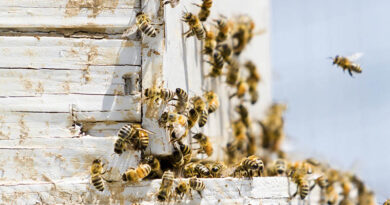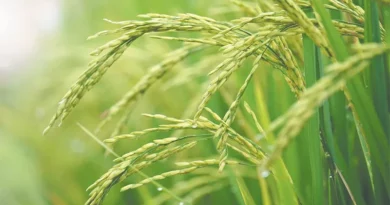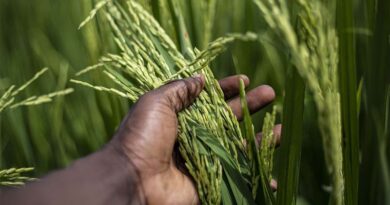A high-tech response is helping countries win battle against desert locusts: FAO
06 May 2021, Kenya: A telephone call from one of Kenya’s wildlife conservancies has led to another technological breakthrough. On the suggestion of one of the rangers, FAO took a digital system, called Earth Ranger, used to monitor the movement of animals, and adapted it for locust monitoring.
Also Read: International food prices continue rising in April
Cressman worked with the developers of Earth Ranger, a philanthropic foundation called Vulcan, to fine tune it specifically for aerial surveillance and locust control.
At the height of the locust response, FAO partnered with 51 Degrees who used this tool to co-ordinate 28 aircraft in the Horn of Africa for surveillance and control operations, giving pilots the precise information they needed to target locusts on the move. The technology was so effective in locust operations in Kenya that FAO soon expanded its application to Ethiopia and Somalia.
‘’Before we were just operating in the dark. With Earth Ranger you can see exactly the path the aircraft has taken and where it has sprayed. It has led to a more effective use of the aircraft, and more efficient control operations.
FAO is also collaborating with researchers from the US National Oceanic and Atmospheric Administration, the UK Meteorological Office and Cambridge University to develop new ways to improve swarm surveillance, forecasting and control strategies.
A space age boost to surveillance
Satellites may be the biggest game changer in the fight against Desert Locusts. Since rainfall is a critical component for locust breeding, FAO is using two satellites to identify rainfall and vegetation that might be attract locusts for breeding.
‘’It sounds like science fiction doesn’t it?’’ says Cressman.
A third satellite which can now go a step further and can detect soil moisture beneath the earth’s surface, conditions which would allow the female locust to lay her eggs. It is not just about the moisture on the surface of the soil but also down about 15 centimetres, the depth to which females can lay their eggs.
FAO is working with NASA, the European Space Agency and the European Commission’s Joint Research Centre to refine the satellite technology.
Back on the ground, this satellite data is transmitted in real time across cell phones, tablets and other devices so countries can mobilize their control teams and take immediate action to tackle the locust swarms.
Winning the battle
With these operations, the scale of the Desert Locust invasion has vastly diminished in Ethiopia, Kenya and Somalia. In East Africa locust control operations have prevented the loss of 4 million tonnes of cereal and 800 million litres of milk production, while protecting the food security of 36.6 million people and avoiding USD 1.56 billion in cereal and milk losses.
“While the situation has improved, with few swarms remaining in Kenya and less numerous and smaller swarms in Ethiopia and Somalia, we are still not yet at the end of the upsurge,” says Cyril Ferrand, FAO’s Resilience Team Leader for Eastern Africa.
“We are now in the middle of the rainy season and although rainfall has been below average, conditions are becoming more favourable for Desert Locusts to breed. It is paramount to maintain a high level of surveillance”
The threat has also diminished in Yemen, but small swarms have recently appeared in Iraq, Jordan, Lebanon and Syria.
FAO has won many battles against Desert Locusts, but this war is not over yet.

